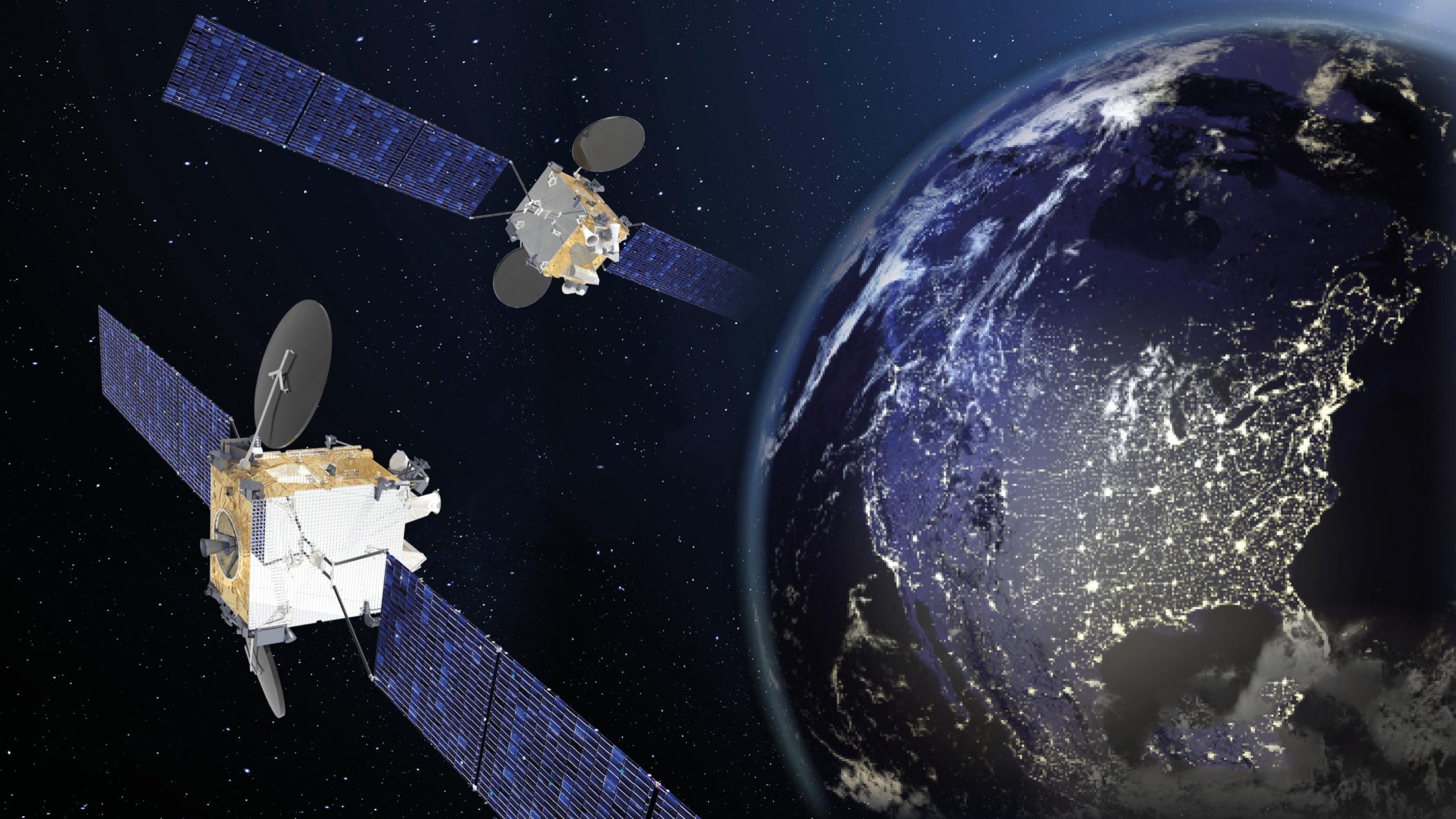Overview
This morning, Chairman Pai shared with his fellow Commissioners draft rules that would reform the use of the C-band and make a large amount of spectrum available for 5G, the next generation of wireless technology. The C-band is a 500 megahertz segment of spectrum from 3.7 to 4.2 GHz, which is now mostly used by fixed satellite companies to beam content to video and audio broadcasters, cable systems, and other content distributors. However, satellite companies don’t need the entire C-band to provide the services they are providing today. They can provide the same services with less bandwidth, which would free up a significant amount of spectrum for 5G. Chairman Pai’s draft rules would make the lower 280 megahertz of the C-band available for flexible use, including 5G, through a public auction. Existing satellite operations would be repacked into the upper 200 megahertz of the band with relocation costs covered. This strikes the appropriate balance between making available critical mid-band spectrum for 5G and protecting incumbent uses. This would be the Commission’s most significant action yet to repurpose mid-band airwaves and would represent a critical step toward securing United States leadership in 5G. It would quickly free up a significant amount of spectrum for next-generation wireless services, and it would generate significant revenue for the U.S. Treasury. The full Commission will vote on this Report and Order on February 28, 2020 at the FCC’s Open Meeting.
Repacking the Spectrum
Chairman Pai’s plan would repurpose most of the C-band for 5G deployment while ensuring current users of the spectrum could continue to provide their services. The proposed rules would clear the lower 280 megahertz of the C-band (3.7-3.98 GHz) and make it available for flexible use, including 5G. The 20 megahertz above that (3.98-4 GHz) would serve as a guard band. And existing satellite operations would be repacked into the upper 200 megahertz of the band (4.0-4.2 GHz). Incumbent satellite operators in the C-band have told the Commission that the upper 200 megahertz of the band would be sufficient for them to continue providing their current services to customers.
Public Auction
The FCC would hold a public auction of the lower 280 MHz of the C-band. The FCC has a 25-year track record of transparent and successful auctions, conducting 93 spectrum auctions and generating $116 billion in revenue for the U.S. Treasury. Public auctions have not only proven to be an effective tool for repurposing spectrum fairly, they can do so quickly. The Commission has the infrastructure in place for an auction to start later this year, and Chairman Pai is proposing that the Commission begin the C-band auction on December 8 2020.
Timing/Transition
Schedule Eligible satellite operators would have the option to clear according to the following accelerated timeline: (1) clearing 120 megahertz (3.7-3.82 GHz) by September 2021 in 46 of the nation’s top 50 Partial Economic Areas; and (2) clearing the remaining 180 megahertz (3.82-4.0 GHz) in those areas as well as all 300 megahertz (3.7-4.0 GHz) in the rest of the contiguous United States by September 2023. Under the accelerated timeframe, 5G deployments could happen in the lower 100 megahertz of the C Band in 46 of the nation’s top 50 Partial Economic Areas by September 2021 and in the remaining spectrum by September 2023. This is much sooner than September 2025.
A New Model
What will be required of a new distribution model should C-band satellite effectively disappear from the skies above the United States?
- It must provide a terrestrial path to cable headends, local stations and, ideally, home viewers without deploying costly new network infrastructure.
- It must deliver the same high technical quality and reliability as satellite has long offered.
- It must offer the multi-cast (one to many) economic benefits of satellite distribution, and the one-stop-shop benefits of a service managed by a single vendor.
Global IP Transport
It is a daunting list of requirements Global IP Transport uses a mix of technologies – MPLS, the public internet and satellite –to deliver stable, high-quality video feeds under almost any network conditions. Making that possible are:
- An intelligent management platform that selects transmission paths based on availability and monitors and routes around internet congestion, supported by video recovery algorithms and strong encryption.
- IP multicast for multipoint distribution of common content.
- Edge devices featuring full H.265 4:2:2 encoding and decoding to ensure superior video quality (SD, HD, and future UHD and 4K) at lower bandwidths and offering both SRT and RIST interoperability.
- An end-to-end managed service from multiple network operations centers staffed by highly-qualified technicians and engineers.
Reaching Wherever Your Content Goes
Cable Operators serve audiences from the dense centers of cities to the most rural reaches of the county. Programming traverses MPLS fiber networks where available and the public internet where needed. For headends and stations in broadband-poor markets, a Ku-band satellite solution managed by the same network management platform. By mixing best-of-breed technologies, there is always a way to deliver content.
